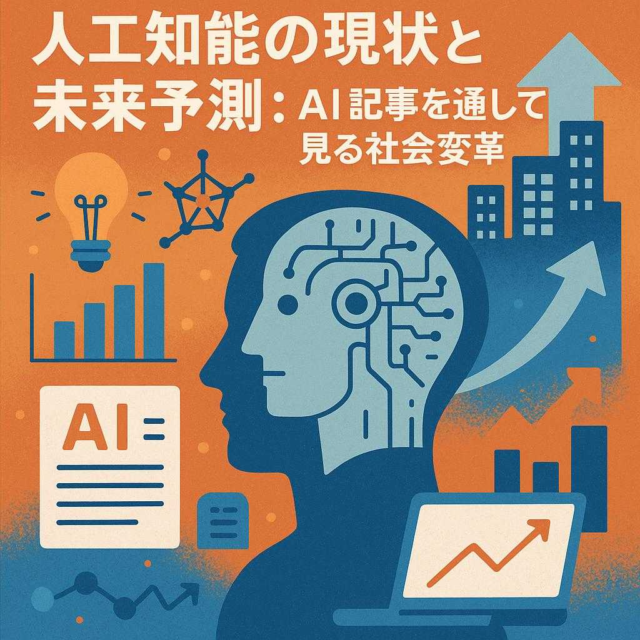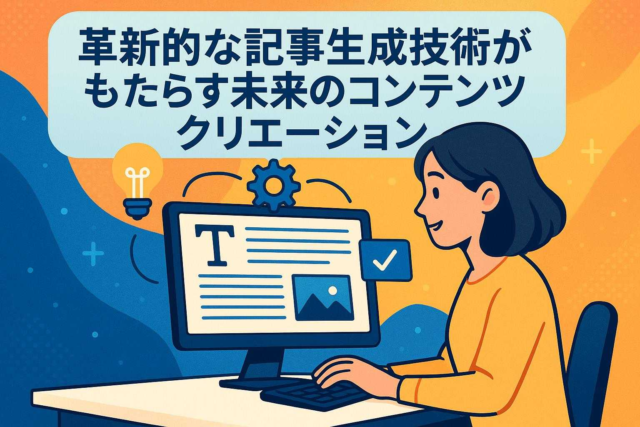The Fascinating Journey of Animation
Animation has come a long way since its inception in the 1800s. From the early magic lanterns and zoetropes to modern CGI, this art form has continually evolved, captivating audiences worldwide. Discover the rich history and transformation of animation, spotlighting iconic characters like Mickey Mouse, who epitomizes the enchanting world of animated storytelling. Explore how these changes have shaped today’s dynamic entertainment landscape.
The Evolution of Animation: From Humble Beginnings to Technological Marvels
Animation has long been a captivating medium, delighting audiences with its ability to bring stories and characters to life. The journey from the earliest forms of animation to the sophisticated digital productions we see today is a testament to human creativity and technological advancement.
Early Innovations in Animation
The history of animation can be traced back to the 1800s with innovative devices such as magic lanterns and zoetropes. These early inventions laid the groundwork for what we know as animation today. As technology progressed, so did animation techniques, leading to the first hand-drawn animations that captured imaginations worldwide.
The Birth of Iconic Characters
One pivotal moment in the evolution of animation was the creation of Mickey Mouse by Walt Disney in 1928. With “Steamboat Willie,” Mickey Mouse made his debut, setting new standards for animated storytelling. This character became synonymous with joy and imagination, marking a turning point for both Disney and the entire animation industry.
Advancements in Animation Techniques
As decades passed, advancements in technology continued to push boundaries within animation. The introduction of color film added vibrancy to animated features, allowing creators like Disney to craft even more captivating stories. By mid-century, traditional hand-drawn animations were being complemented by stop-motion techniques, further diversifying animated content available to audiences.
The Rise of CGI and Digital Animation
In recent years, computer-generated imagery (CGI) has revolutionized the world of animation. This transition from traditional methods to digital platforms has been monumental. Studios now employ state-of-the-art software tools that enable animators to create highly detailed characters and immersive worlds that would have been unimaginable just a few decades ago.
The integration of CGI has not only enhanced visual storytelling but also expanded possibilities within interactive media. Video games and online platforms have embraced these technologies, offering users dynamic experiences where they can engage directly with beloved characters.
Mickey’s Influence on Modern Animation
Mickey Mouse remains an enduring symbol within this evolving landscape; his influence transcends traditional screen appearances into various forms such as theme parks, merchandise lines or console games—each iteration contributing uniquely towards maintaining cultural relevance across generations.
Mickey’s transformation exemplifies how timeless icons adapt alongside technological advancements while retaining their core essence. By continuously embracing innovation without losing sight of foundational elements like compelling narratives or relatable personas—animation continues thriving amidst ever-changing entertainment landscapes globally.
The Appeal: Why Animated Stories Resonate With Audiences Worldwide
The universal appeal lies at heart behind many successful animations—from whimsical tales capturing children’s imaginations through vibrant visuals—to profound narratives resonating deeply among adults alike due largely because these stories tap into fundamental emotions shared universally across cultures regardless age barriers present therein!
Animation offers escapism combined seamlessly alongside thought-provoking themes often challenging societal norms subtly yet effectively communicating powerful messages accessible diverse audience bases simultaneously engaging them fully throughout viewing experience itself.
Q&A Section
What are the 7 Eras of Disney Filmmaking?
Disney’s filmmaking journey began with animated shorts like the “Alice Comedies” and “Laugh-O-Grams.” Over time, Disney has experienced seven significant eras, each marked by innovation and creativity. These eras include milestones such as the Golden Age in the 1930s and 1940s, highlighted by classics like “Snow White and the Seven Dwarfs,” which was revolutionary as the first-ever full-length animated feature film.
How did Disney revolutionize animation?
Disney transformed animation through groundbreaking techniques and storytelling. The creation of Mickey Mouse was a pivotal moment that established Disney as a leader in animation. The studio’s commitment to pioneering new styles continued with iconic films during its Golden Age, cementing its reputation for excellence.
What impact did CGI have on Disney’s evolution?
The introduction of CGI marked a new chapter in Disney’s history. This technology allowed for more complex visuals and storytelling possibilities, leading to modern classics that captivated audiences globally. CGI has enabled Disney to push boundaries further, evolving from hand-drawn animations to visually stunning digital creations.
Why is Mickey Mouse so significant in animation history?
Mickey Mouse became an enduring symbol of innovation within animation due to his role in establishing Walt Disney Studios’ success. His debut short film made waves across the industry, setting standards for character development and audience engagement that continue today.
Conclusion
Animation’s journey from early inventions like magic lanterns to today’s CGI marvels is a testament to human creativity and technological progress. Iconic characters such as Mickey Mouse highlight animation’s evolution and its enduring impact on culture. This medium captivates audiences globally by combining vivid storytelling with cutting-edge technology, providing both escapism and profound narratives. Animation continues to thrive by adapting innovations while staying true to its core essence.




コメントを書く